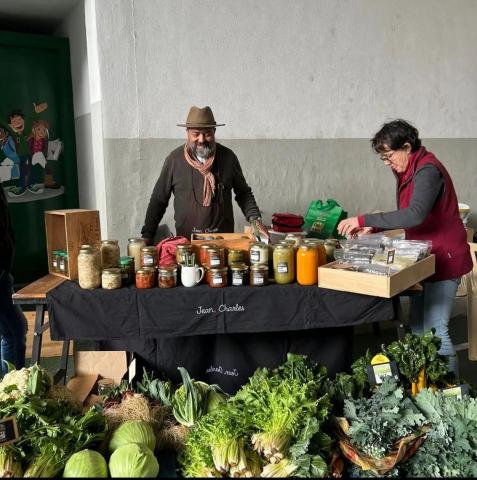Period
2012 - 2023
This practice addresses the economic struggles of traditional fishermen in Peninsular Malaysia by focusing on oyster farming and promoting eco-tourism. Through streamlined training and hands-on sessions, fishermen become oyster farmers and eco-tourism operators. These new sustainable and tourism-oriented communities offered a promising step towards poverty alleviation and sustainable development solutions.
You must be registered to see all the content
Identification needs
The 2010 FAO report on the "Relocation of Fishermen Program in Peninsular Malaysia" revealed traditional fishermen's average monthly income of USD50-USD60 per household, placing them within the Bottom Billion community. Overharvesting and climate change have made captive fisheries unsustainable, necessitating a global shift to aquaculture. However, the high costs limit aquaculture's applicability, especially for financially strained coastal communities. Monthly earnings of around USD80 highlight the urgent need for alternative livelihoods among Malaysian fishermen. Oyster farming emerges as a green and economically viable option, relying on easily-adoptable technology. Unlike prawn or fish farming, oysters' filter-feeding nature minimizes environmental impact, presenting a potentially sustainable solution for coastal communities facing economic challenges due to the decline in capture fisheries.
Stakeholder change
The approach to empowering coastal communities in oyster farming, successfully implemented in various Malaysian locations, involves providing sustainable oyster seeds and cultivation guidance. Government-funded social innovation projects facilitated by higher learning institutions have enabled researchers to mentor communities on sustainable oyster farming and marketing. Over three decades of research, the team simplified the farming process into "biteable sizes," making it easily adoptable by coastal communities. Trial oyster seeds confirm site feasibility and instill confidence, emphasizing community involvement to ensure commitment. Training covers oyster handling, maintenance, grading, sorting, and environmental preservation, fostering sustainable aquaculture practices. Hands-on training empowers communities to construct rafts, ensuring self-sufficiency. Regular USM team visits build trust, facilitating smoother knowledge transfer and fostering collaborative knowledge creation.
Change triggered
Upon reaching marketable size (8 to 10 months), coastal communities can sell oysters directly or to middlemen, generating additional income. On average, each grower sells about 2,000 oysters monthly at USD1.50 per piece, earning an extra USD3,000 part-time. Despite considering costs like petrol and continuous seed purchases, the profit remains attractive. Coastal communities now benefit continuously from oyster farming, using earnings to sustain and expand operations. As a clean, low-investment aquaculture, oyster farming presents a sustainable venture. Communities can extend activities by building more floating cages. Beyond technology transfer, the project transforms communities into eco-tourism operators, fostering sustainable practices and environmental protection. This opens opportunities for locals to become social entrepreneurs by managing eco-tourism businesses through oyster farming.
Short description
Proven successful with coastal communities, the oyster farming approach offers a blueprint for Malaysia's industry, facilitated through collaboration among universities, government, industry, and communities. Acting as a platform, oyster farming connects Higher Education Institutions (HEIs), government sectors (Department of Fisheries, Ministry of Education, Tourism Malaysia, etc.), private sectors/industries, and communities, and aligns with environmental protection. This project pioneers a Quintuple-helix approach, uniquely linking these five components with Sustainable Development Goals (SDGs). The easily replicable oyster culture model has extended its best practices for sustainable development to multiple states in Malaysia, envisioning local oyster production for consumption and export. Crucially, it empowers coastal communities, significantly improving their living standards and marking oyster farming as a pivotal solution for poverty eradication.

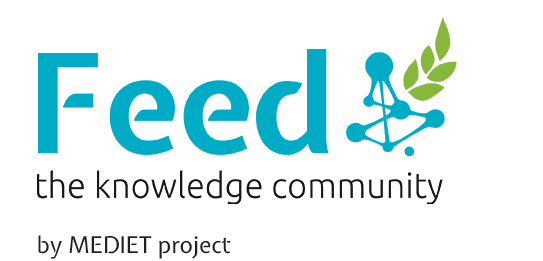
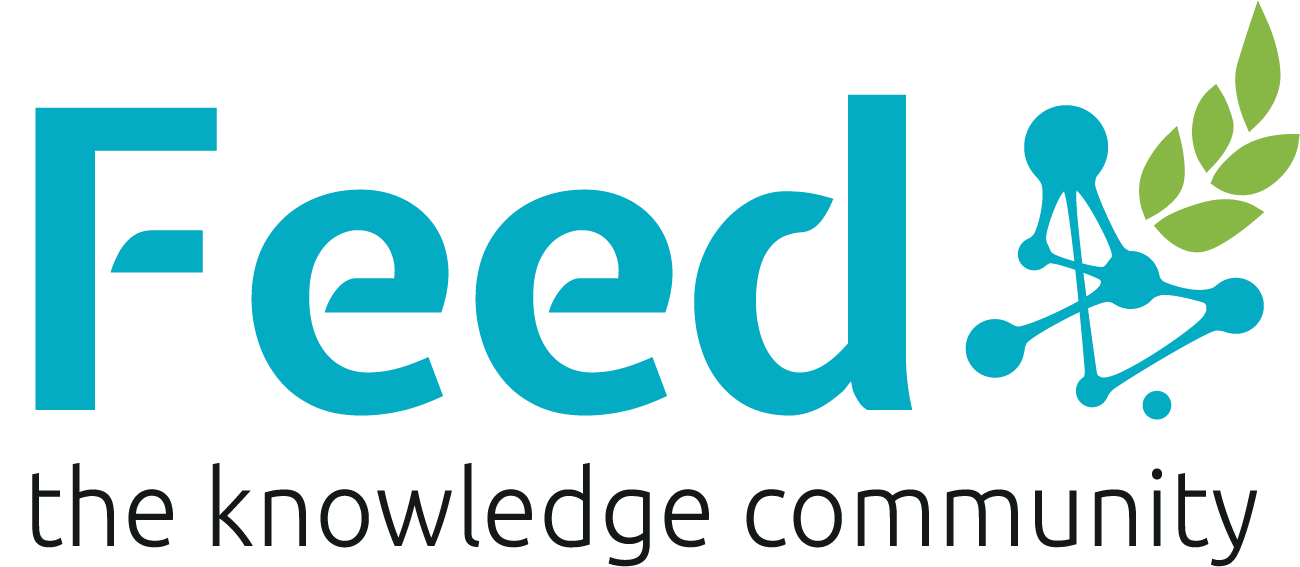
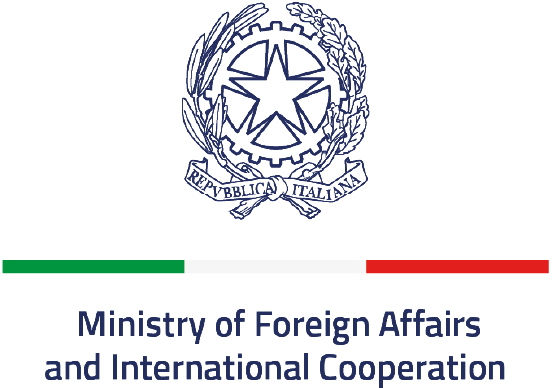
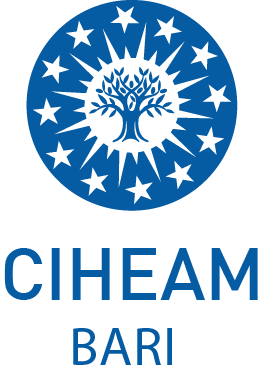




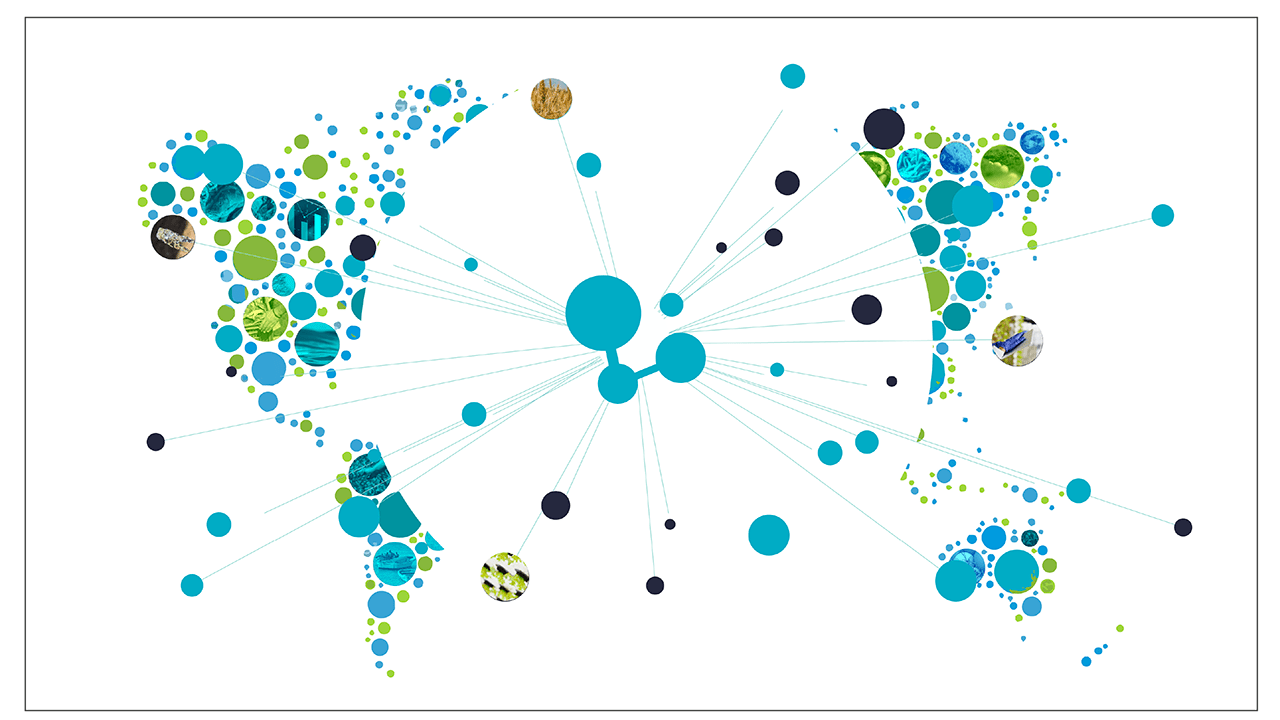
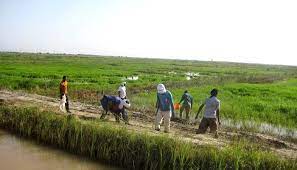
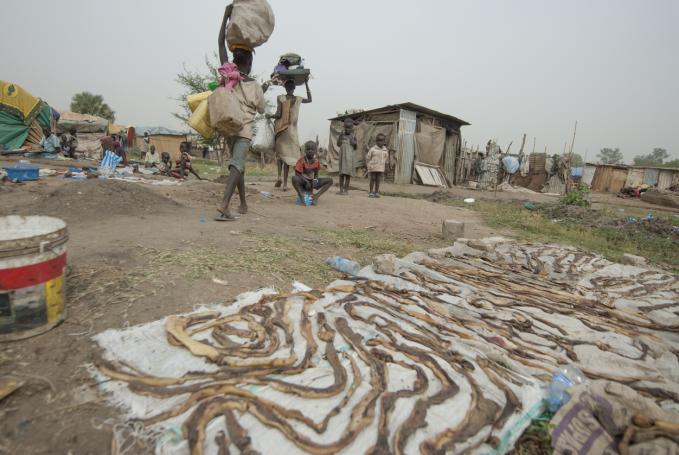
.png)
